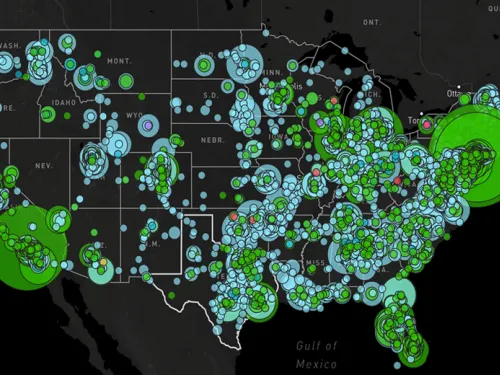Related Content

by: Oren Segal | September 29, 2016
Pepe the Frog originated as an innocuous cartoon character in 2005. This week, he was added to the Anti-Defamation League’s Center database of hate symbols. At first glance, it may seem more than a little strange that the image of a cartoon frog could end up alongside such infamous symbols as the Blood Drop Cross of the Ku Klux Klan. But the evolution of Pepe the Frog actually illustrates a key aspect of hate symbols: many such images do not actually begin as hate symbols.
We maintain this database as part of our work to track hate groups and help law enforcement, educators and other members of the public to identify those symbols that serve as potential calling cards of extremists and antisemites. What we have learned is that, often, symbols slowly evolve in that direction or are appropriated by extremists from their original context and assigned a new, more hateful meaning.
The swastika, reviled in western cultures as a hateful symbol of the Nazi regime, was originally so innocuous that it was a common graphic design element in American advertising. Even today, the swastika is a popular symbol of good fortune across much of Asia. Context matters.
Pepe the Frog came to life in an online comic called Boy’s Club, created by artist Matt Furie. However, the frog soon escaped Furie’s control as fans created their own Pepe images and shared them online, turning the character into a popular internet meme.
One of the attractions of Pepe as a meme was that people could place the cartoon frog in virtually any circumstance, depicting him as Shakespeare or a superhero or modern celebrities.
This universality, however, was what also soon gave Pepe the Frog a dark side. Pepe appearances were not always innocuous, as people drew him in various sexual, tasteless or otherwise offensive poses and contexts. Some called such images “dark Pepes”.
Many of these images appeared first in online discussion forums such as Reddit, 4chan and 8chan. Parts of those forums have well-deserved reputations for antisemitism and bigotry, so it was almost inevitable that racist and antisemitic Pepe images would join other offensive depictions.
But many pop culture images, from Bart Simpson to My Little Pony, have been appropriated by white supremacists from time to time, without those pop culture images ever developing reputations as hate symbols. In another universe, Pepe the Frog might have had a similar history.
Two developments gave it a very different path. The first was the rise of the so-called ‘alt right’, a loose network of white supremacists, mostly online, who seek to infuse American conservatism with racism and antisemitism. Pepe the Frog became an unofficial mascot for many on the alt right.
The second development was the contentious and controversial 2016 presidential election, which the alt right has vigorously exploited in order to draw attention to itself. Pepe images became a part of this exploitation.
Many of these Pepe depictions were not bigoted in nature, but merely supportive of candidate Trump. But offensive Pepe images also grew in number – and were sometimes even sent to journalists or others who had written or said negative things about Trump. Such usages went part and parcel with the alt right’s use of triple parentheses ‘echo’ punctuation to single out Jewish journalists.
By now, racist and antisemitic Pepe the Frog images have entrenched themselves in the iconography of the alt right. They are used as in-jokes and references among alt right activists or displayed to others in attempts to harass or shock.
It is at this point in a symbol’s evolution towards contexts of prejudice and hate that we often consider it for inclusion in our Hate on Display database. In the case of the Pepe image, we decided that inclusion was warranted.
This does not mean that all uses of Pepe images should thus be considered racist or antisemitic. Though white supremacists have appropriated the symbol, its usage in other contexts has not stopped. Consequently, we must always be careful never to assume that someone is racist or antisemitic simply because they used a Pepe image that itself is devoid of racism or bigotry. We must always interpret symbols only in the contexts in which they occur.
Some Pepe lovers on the Internet have even called for Pepe to be “saved” – myself included – to be taken back from the haters. Though not very common, this sort of re-appropriation actually has happened from time to time. The most prominent example is the Iron Cross symbol, once rarely used outside of white supremacist or outlaw biker circles, but now a very popular symbol used in clothing and accessories.
Perhaps something similar can happen with Pepe. For the near future, unfortunately, the cartoon is likely to continue to be exploited by racists and antisemites.
"By now, racist and antisemitic Pepe the Frog images have entrenched themselves in the iconography of the alt right. They are used as in-jokes and references among alt right activists or displayed to others in attempts to harass or shock."









